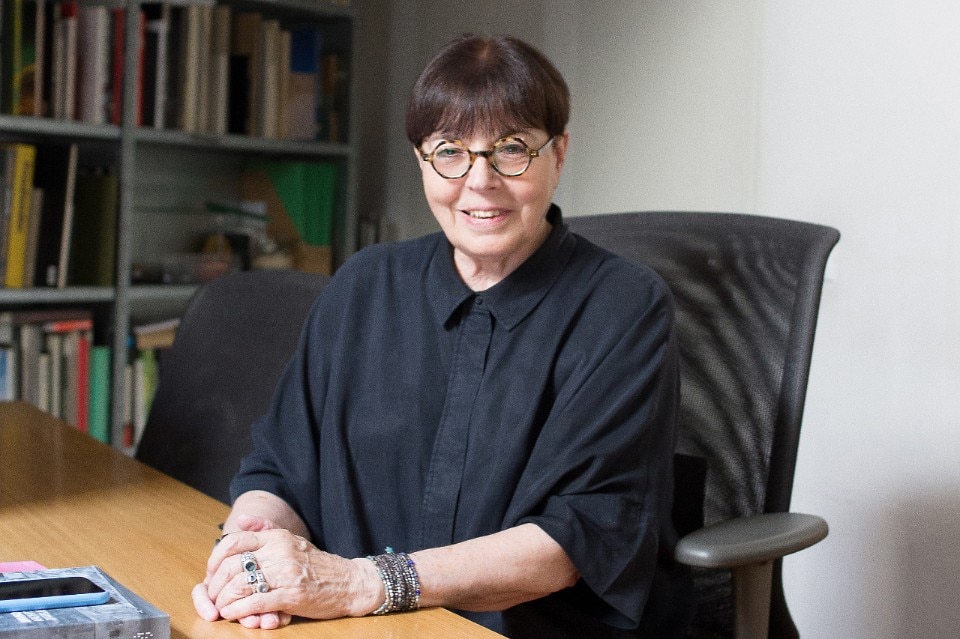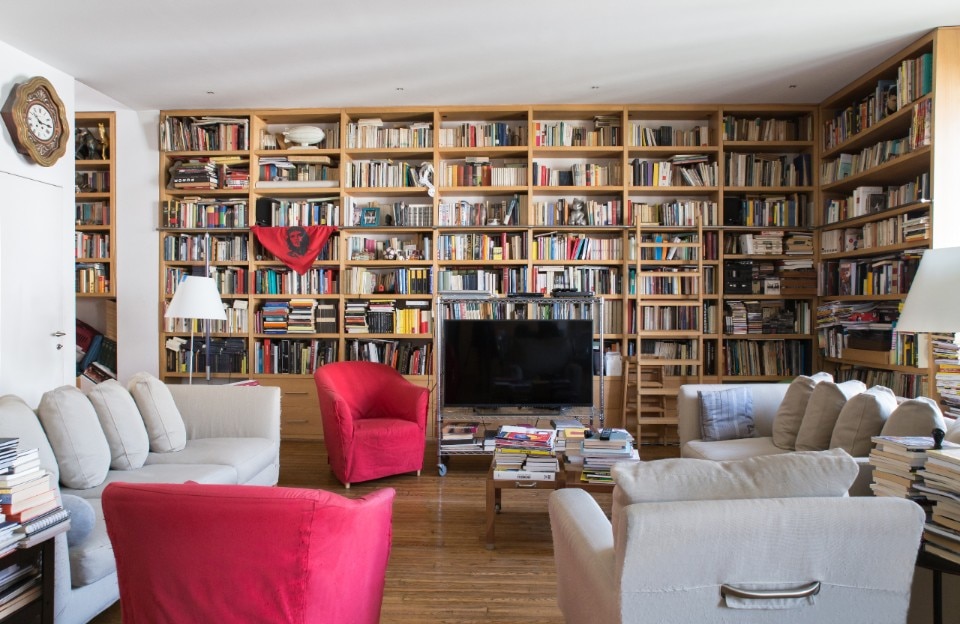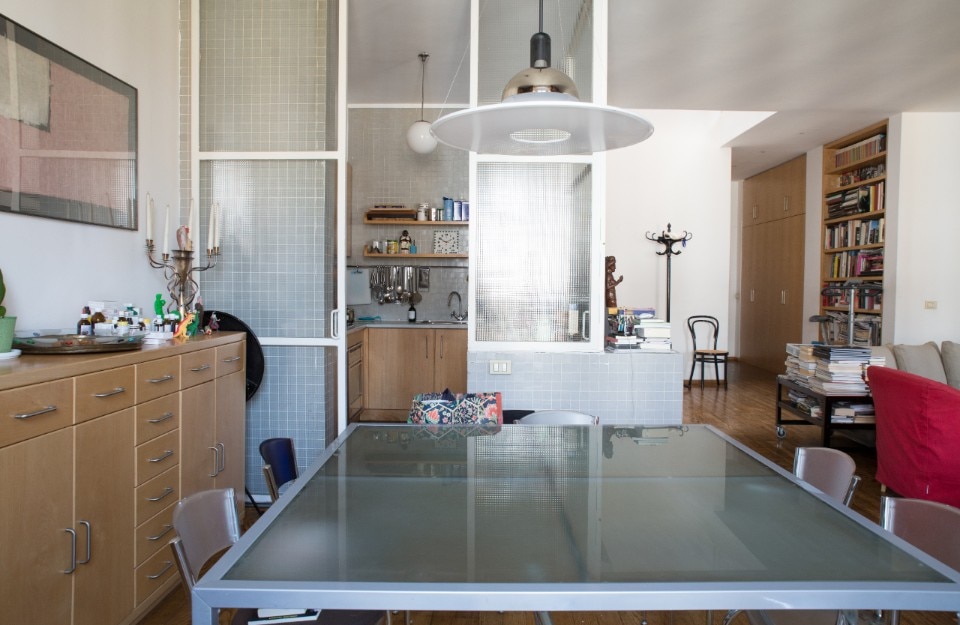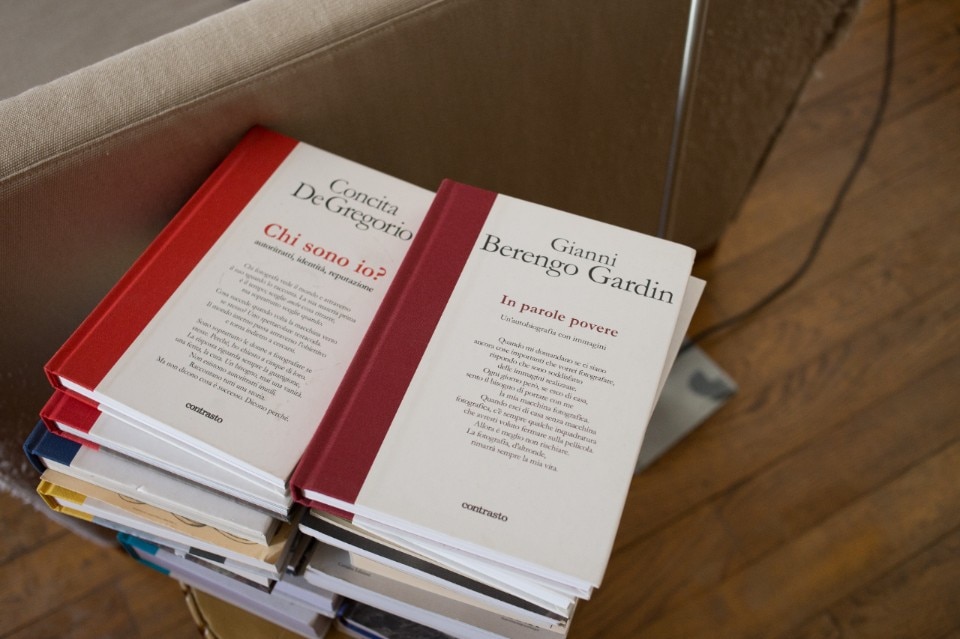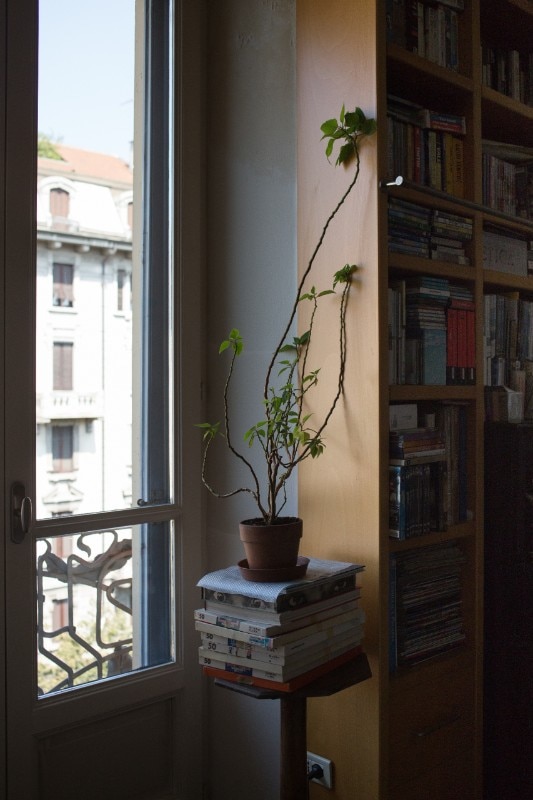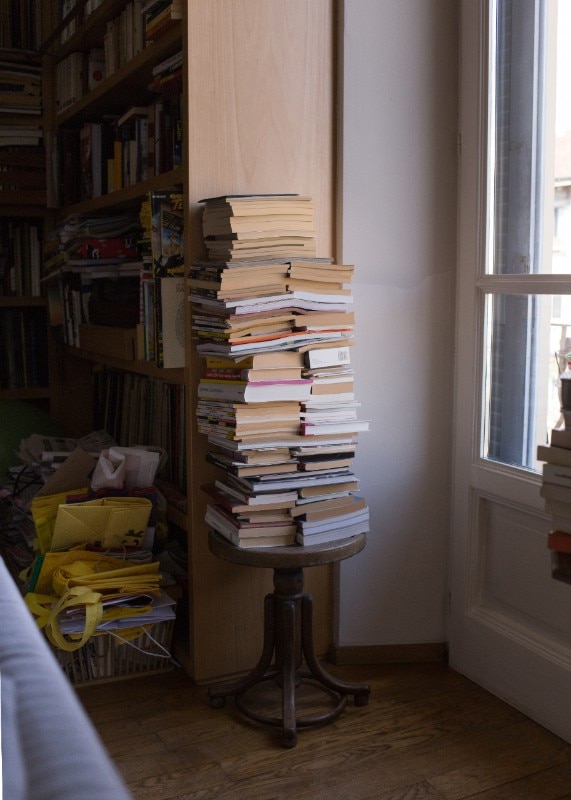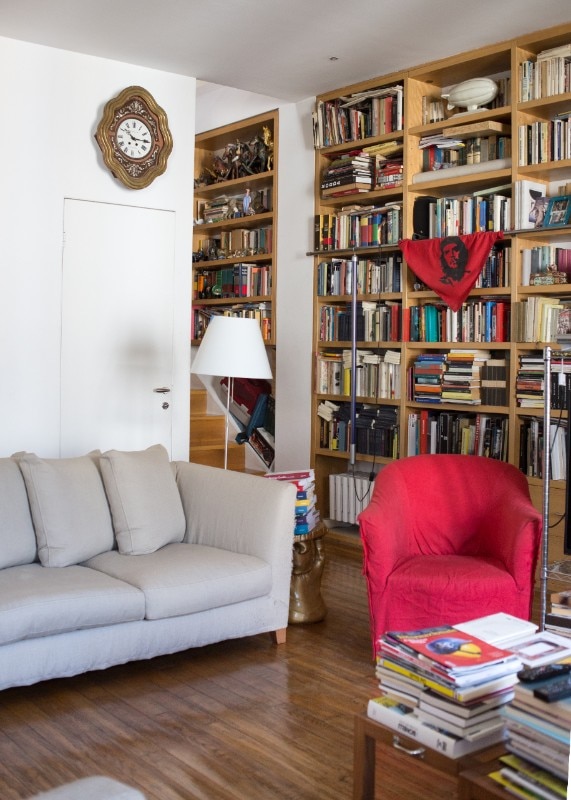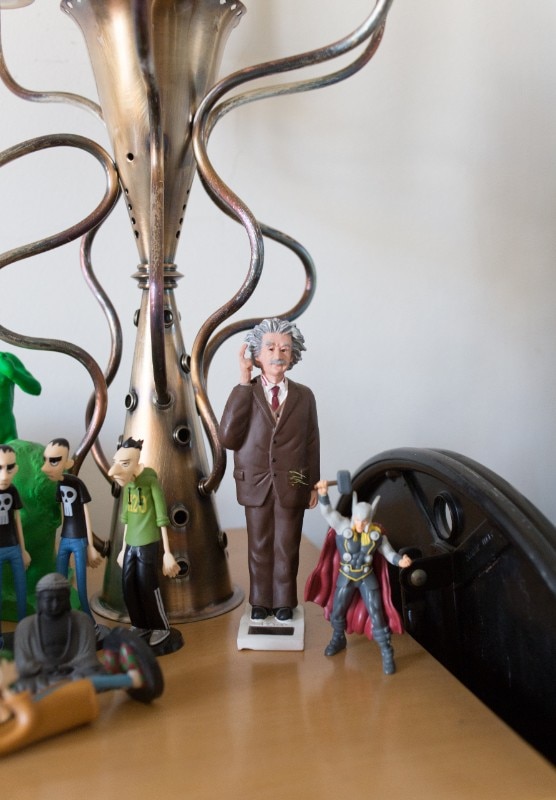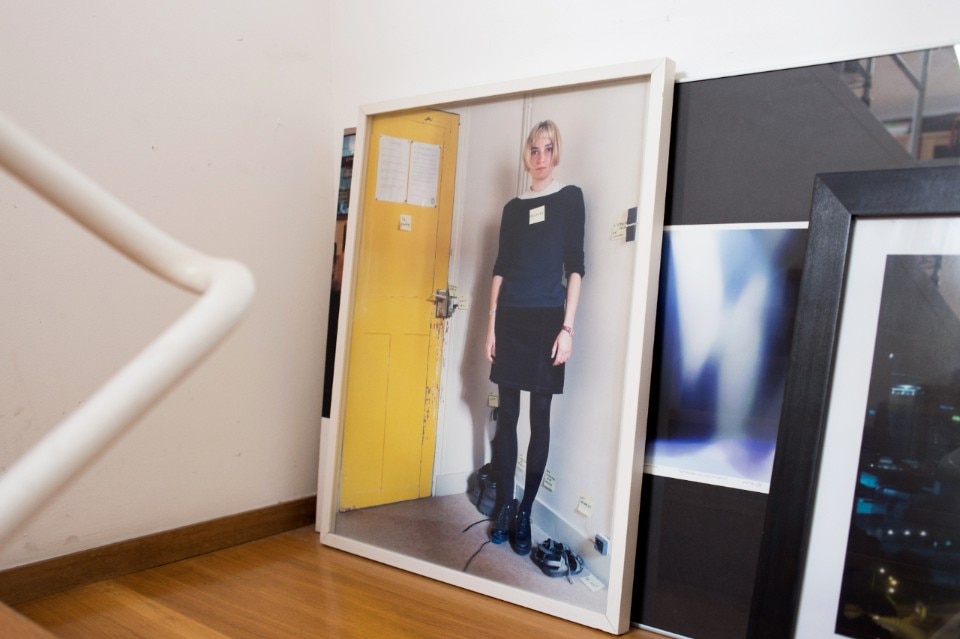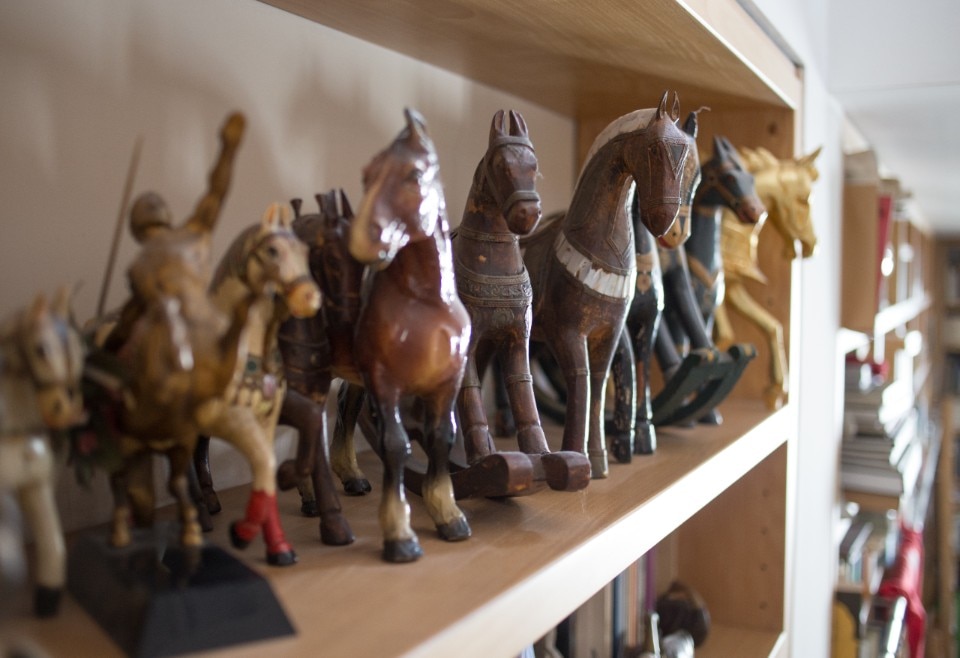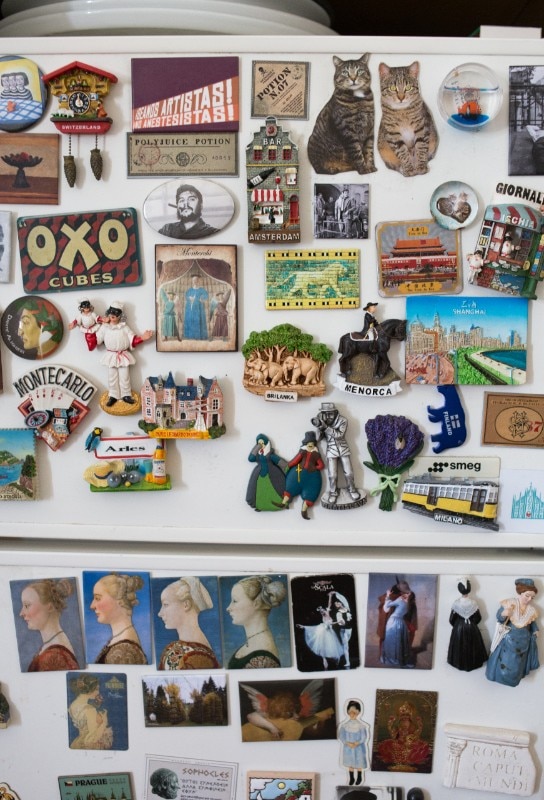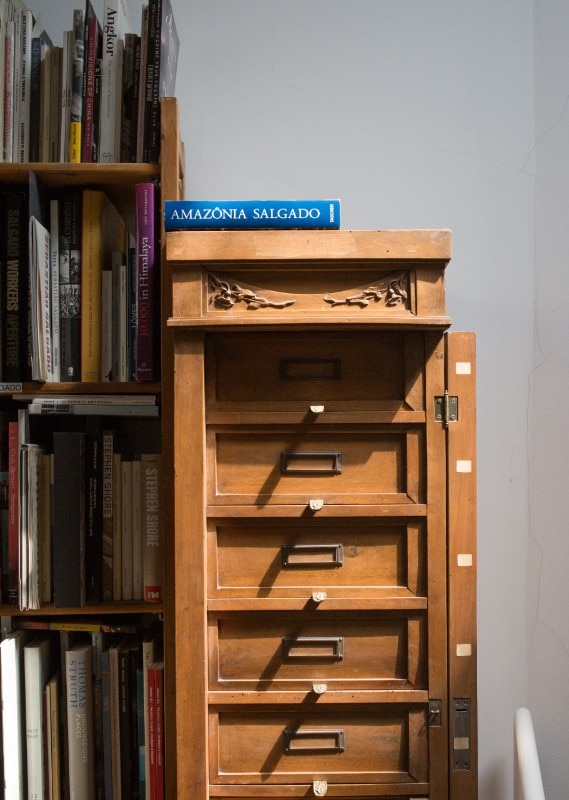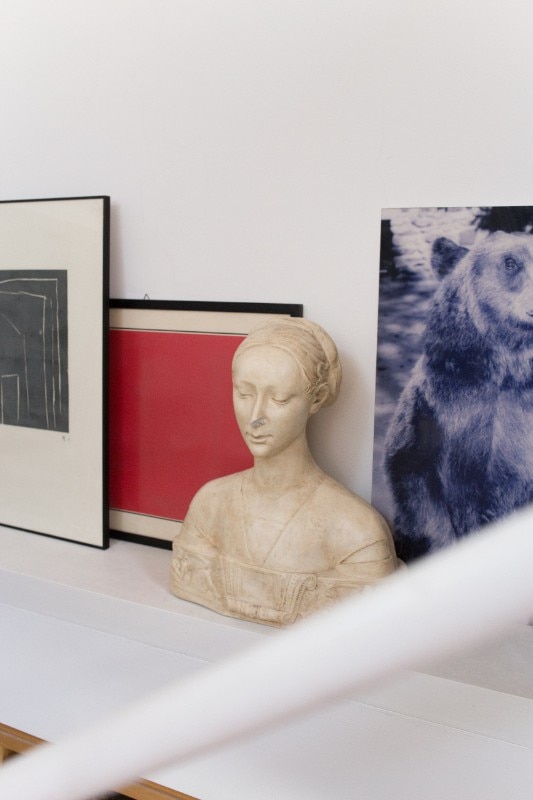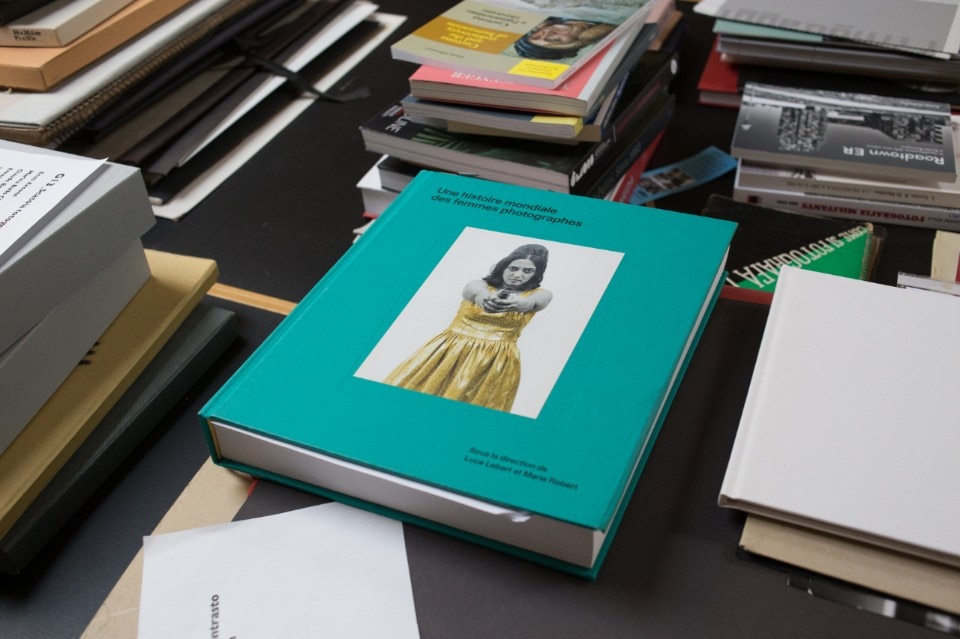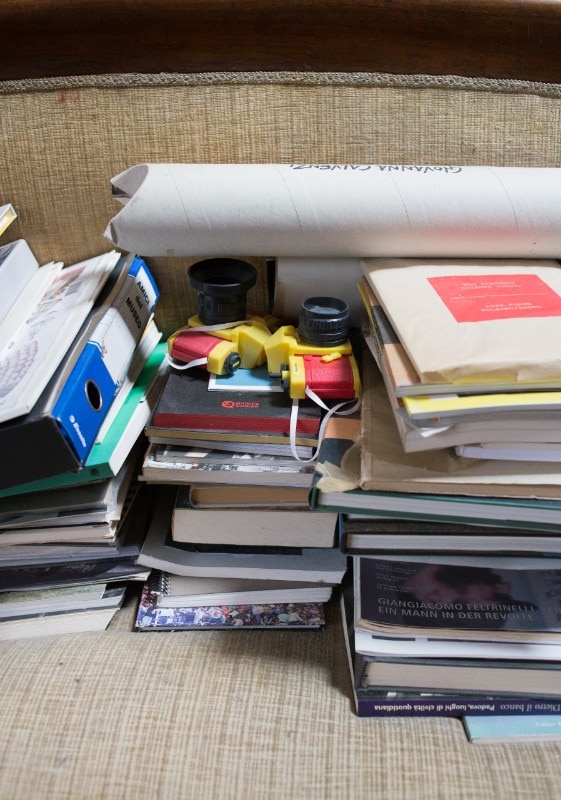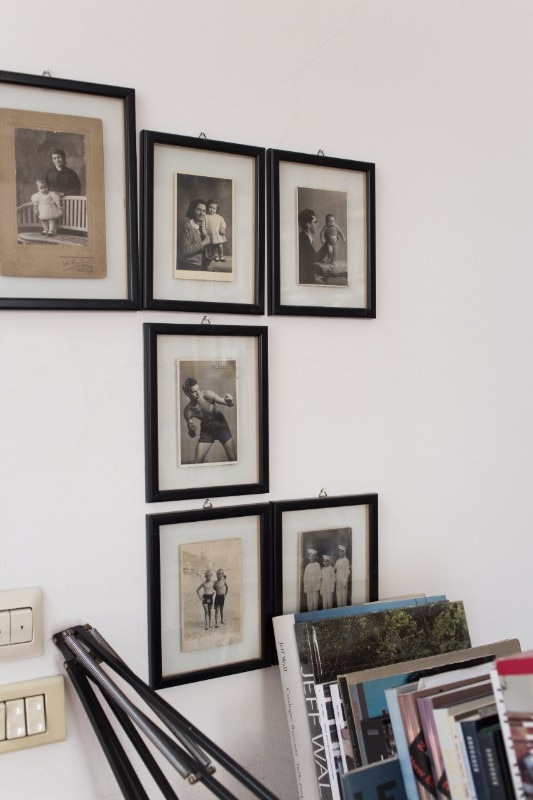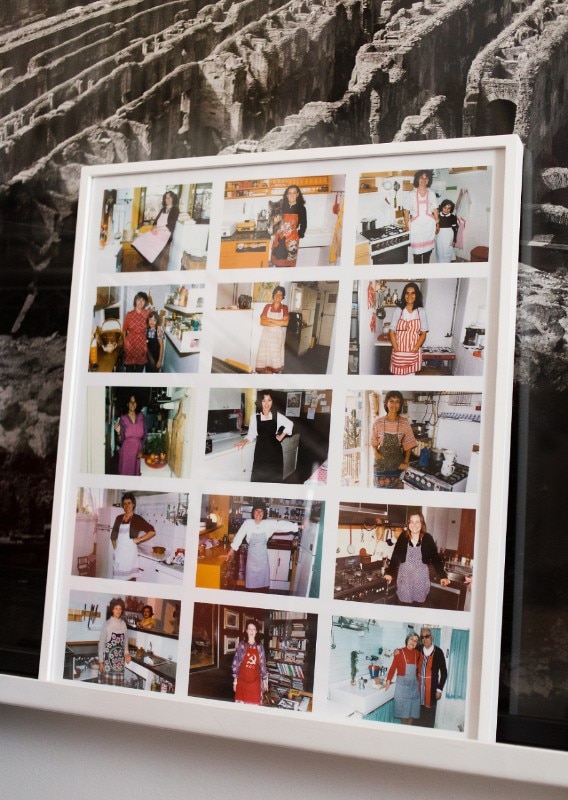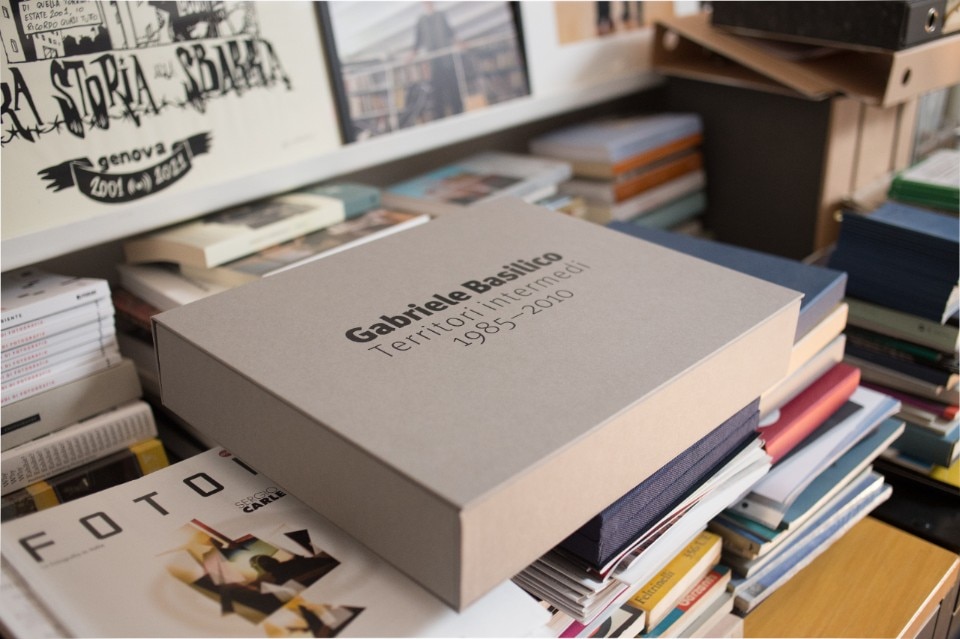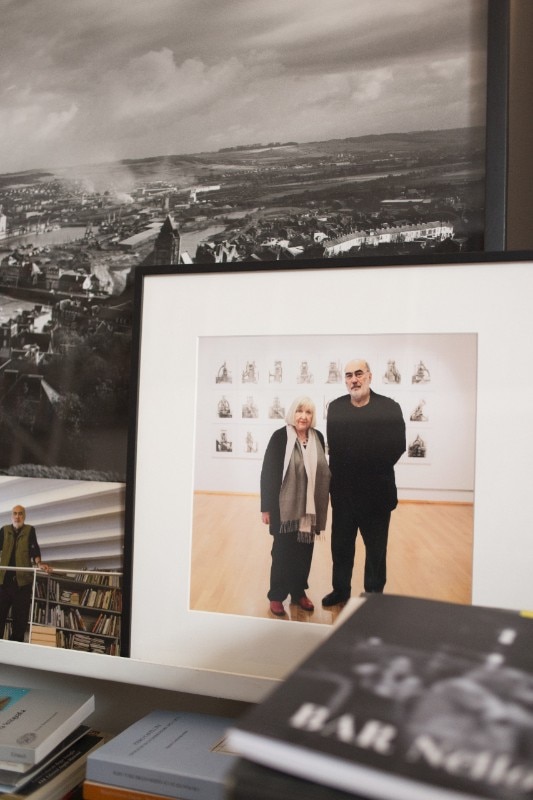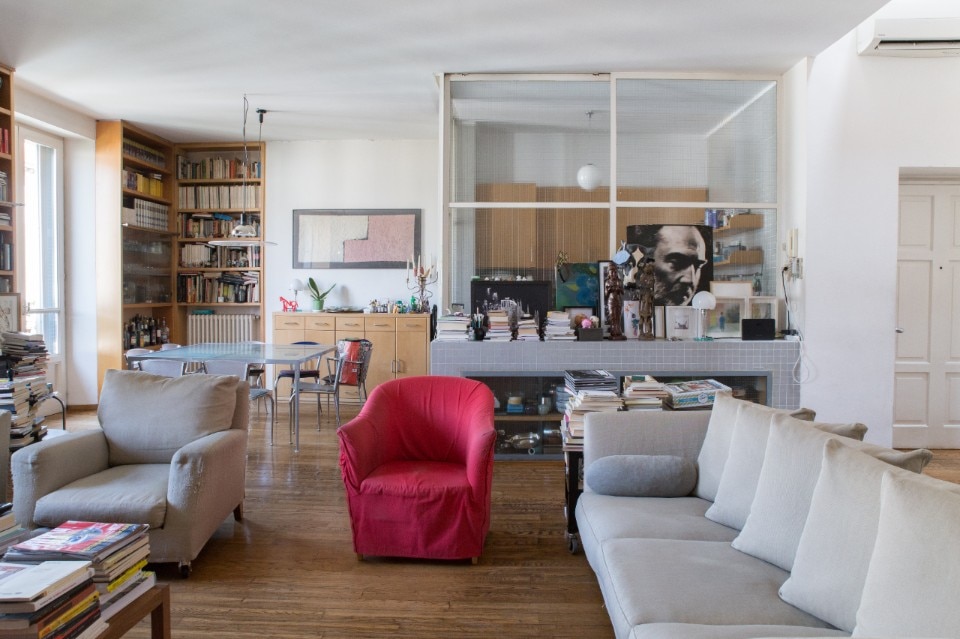“To me, photography has always been a job – a very pleasant job, but a job nonetheless”. Thus begins our interview with Giovanna Calvenzi, one of the most famous photo editors in Italy. Her journey began with photographer Federico Patellani, a name that marked – not to say started – the history of Italian photojournalism. “He had to leave to travel around the world and needed someone who would type his texts as he dictated. I was in my first year of university at the time,” says Calvenzi. The experience with Patellani marked the beginning of a career in which photography and writing were inextricably intertwined, in a journey through the study and dissemination of contemporary photography that has never ended.
Among her many books, there is Le cinque vite di Lisetta Carmi (The Five Lives of Lisetta Carni) (2013), a woman who sadly passed away and whose lovely photo is hung on the wardrobe in Giovanna’s studio.
While Giovanna was working as Patellani’s assistant, Gabriele Basilico was also beginning to take photographs: “The fact that I was working for a well-known and very well-organised photojournalist allowed me to teach Gabriele, who would later become my husband, a few tricks of the trade.” In 1992 they bought their house, a flat on the fourth floor and a studio on the ground floor, later expanded into another space that in 2013 became the Gabriele Basilico archive, a natural segue of the Studio Basilico activity. Both spaces were entirely designed by Antonio Citterio together with Gabriele Basilico.
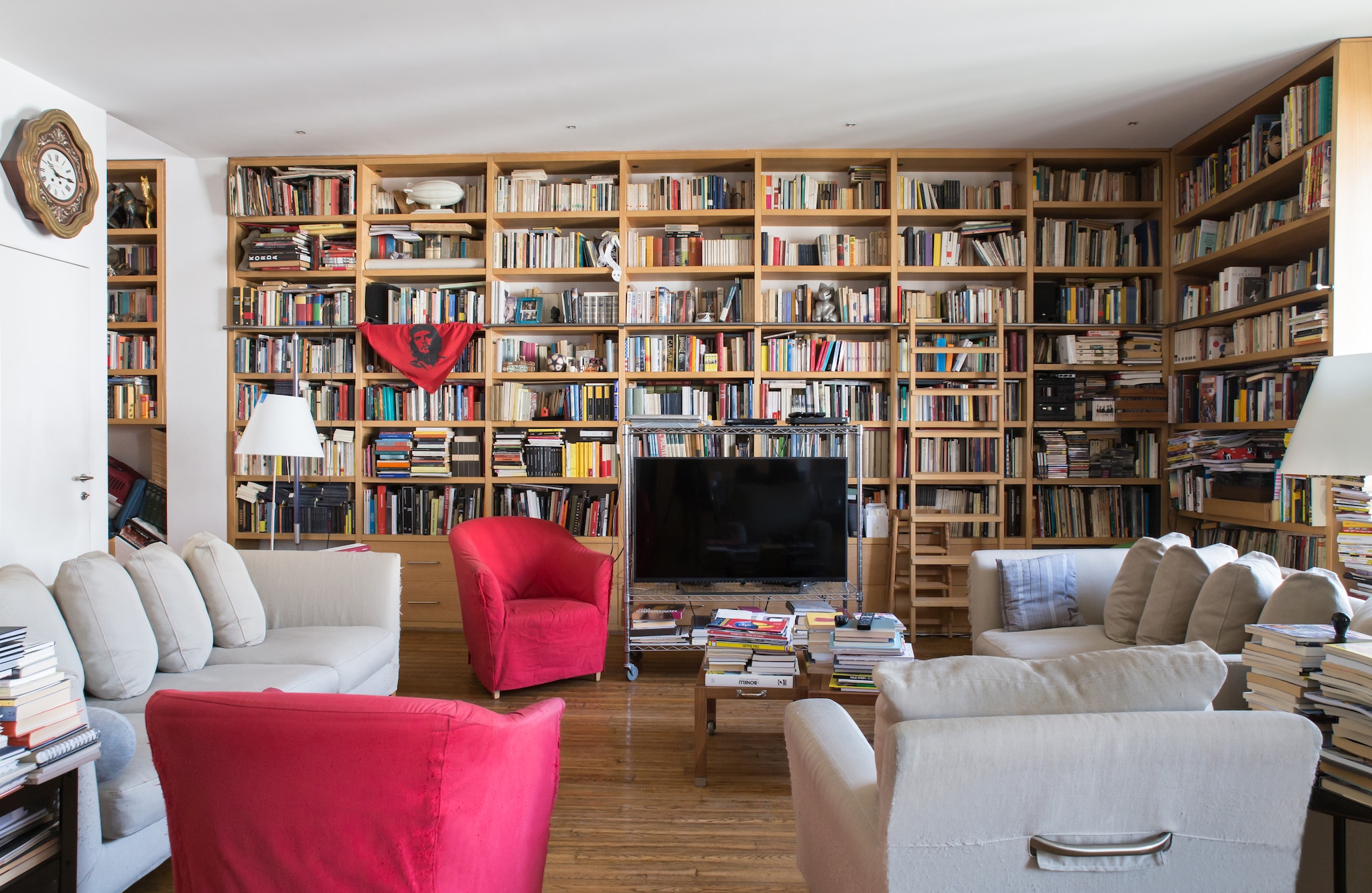
 View gallery
View gallery
One could say that the protagonists of these rooms are the books. Endless rows and stacks of books covering the history of literature, photography, architecture and design, supported by those essential lines designed by Citterio, with a creative thought that he himself has defined over the years as “a matter of synthesis, not expression.” A tradition of making, a careful search for normality, an observation of the habits and gestures of those who will live within those walls.
“The tables were designed by Gabriele to suit his height, because he was tall” and then produced by Flexform, with that effortless style that is the distinctive feature of the company that has always created pieces designed to last and to be enjoyed. “Gabriele was very keen on architecture and design, and his designs were always spot on”. The mezzanine is occupied by Le Corbusier’s masterpiece of simplicity, the LC4 Chaise Longue, on which Gabriele loved to lie and read.
To me, photography has always been a job – a very pleasant job, but a job nonetheless.
“I would have wanted to stay in university and continue studying contemporary literature, it was not my intention to study photography”. It was life that later led Giovanna Calvenzi to fully devote herself to this art.
Giovanna has pursued her professional activity with a fierce desire to explore the contemporary and the active role of photography, as testified by the ironic image of the Collettivo Donne Fotoreporter – a group of female photographers portayed in the kitchen wearing an apron, provocatively ironising on the commonplaces associated with women working in photography.
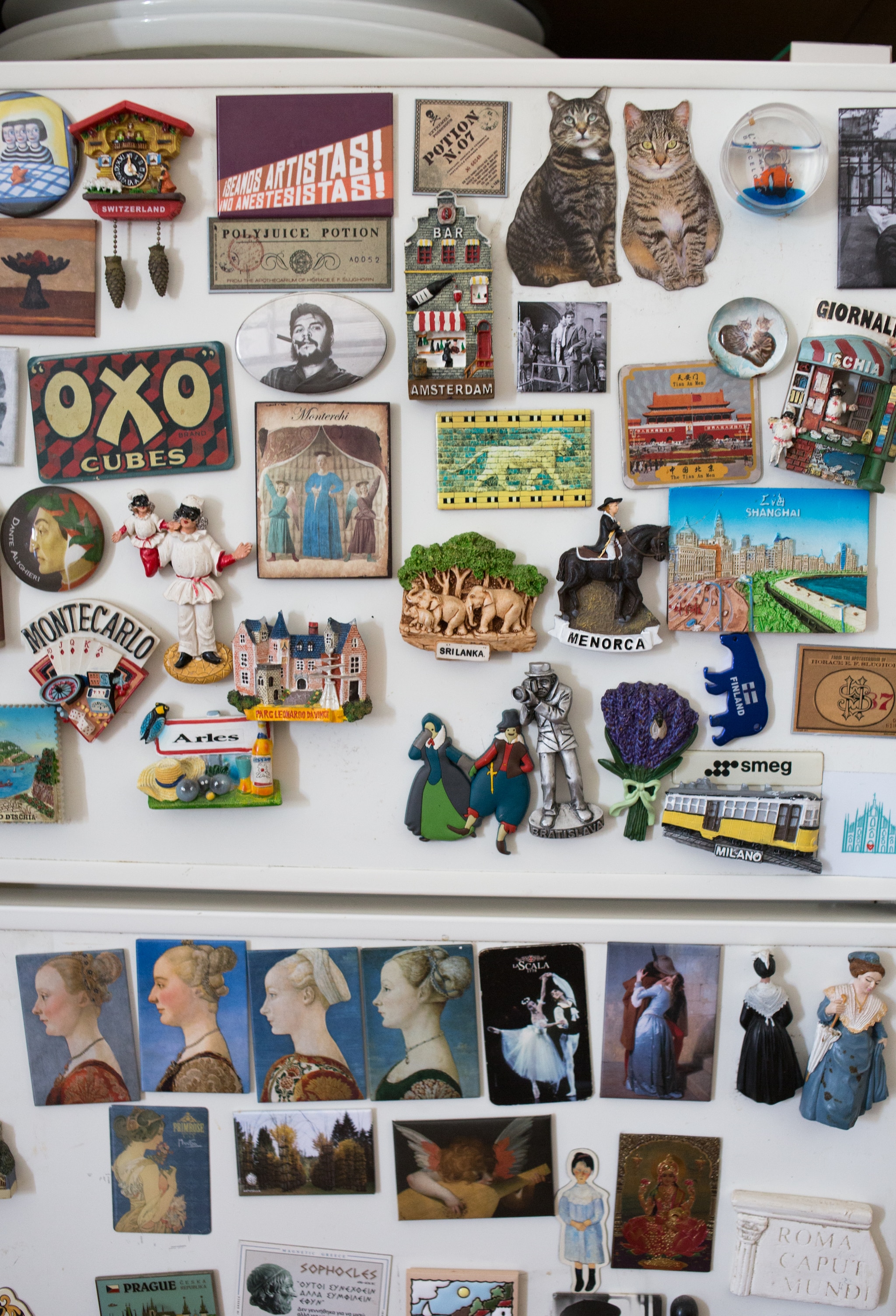
 View gallery
View gallery
A few pictures, some taken by Basilico, others portraying him in moments of life: with Letizia Battaglia or other dear friends who populated the couple’s artistic life.
“The only artist whose work I collect is Zero Calcare,” says Giovanna while smiling, implying a sympathy for the cartoonist, who with ruthless naturalness tells of a generation marked by a constant sense of precariousness. “If I go back in time a little and think back to when I worked for Il Fotografo, the editor asked me to make a list of the photographers I found most interesting. I did so, and was sent to Paris, New York and London to meet them – today, this would never happen”.
When thinking of the significant change that those who approach the world of photo publishing today must face, it is quite predictable to ask a woman who has dealt with it all her life what she thinks about social media – but her answer is not as predictable.
Gabriele was very keen on architecture and design, and his designs were always spot on.
“To think that social media has anaesthetised us with respect to reading images is a false problem. If you are visually ignorant, you stay ignorant. The use of mobile phones has made it clear that photography requires skills, so the use of mobile phones to take pictures has introduced us to a language that is only apparently easy. A friend of mine told me that he only sees horrible things on social media. I told him that it’s because of his friends.”
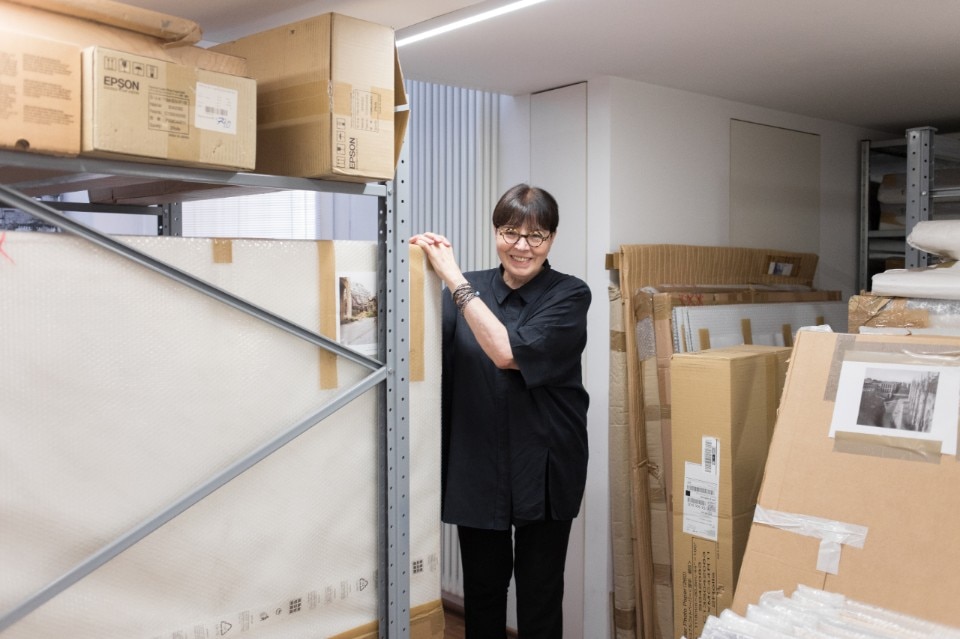
Giovanna Calvenzi from 1985 to 2019 was photo editor in the editorial board of several Italian magazines. In 1998 she was artistic director of the Rencontres Internationales de la Photographie in Arles, in 2002 “guest curator” of Photo Espana in Madrid and in 2014 artistic delegate of the Mois de la Photo in Paris. Since 2013, she has been in charge of the Gabriele Basilico Archive and from 2016 to 2022 she has been president of the Museum of Contemporary Photography in Cinisello Balsamo-Milan. Among other books, she has published “Italia. Ritratto di un Paese in sessant’anni di fotografia” (2003), “Letizia Battaglia. Sulle ferite dei suoi sogni” (2010), “Le cinque vite di Lisetta Carmi” (2012), “Antonia Pozzi. Sopra il nudo cuore”, with Ludovica Pellegatta (2015) and “Interviste” (2019).


